Zendesk vs. Jira Service Management: Which is Best for Your Business
Businesses may struggle between Zendesk and Jira Service Management when deciding on a service management platform. Both systems have extensive capabilities to improve internal processes, IT service management, and customer assistance. Small to medium-sized companies seeking simple customer support solutions would find Zendesk perfect since it is user-friendly.
Conversely, with its strong integration features and configurable workflows, Jira Service Management serves more technical teams. Factors like team size, task complexity, and industry-specific needs influence the best platform for you. This article will discuss the main variations and parallels between Jira Service Management and Zendesk to help you make a wise choice.
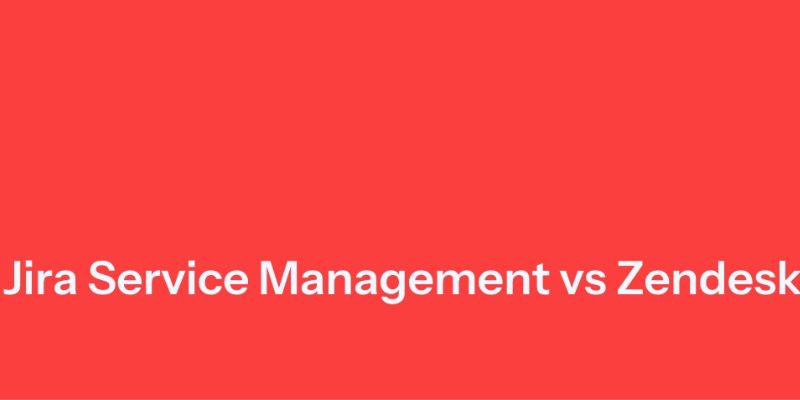
Overview of Zendesk:
Businesses utilize Zendesk, a customer care and support tool, to handle consumer questions, complaints, and comments. Zendesk has an easy-to-use interface, so businesses can quickly set up customer support with it. It handles live chat, email support, and phone calls. Zendesk also offers automation, reporting, and analytics tools, which help improve customer engagement and service quality. The platform is flexible enough for companies of all kinds since it also connects with various outside apps.
Zendesk's simplicity appeals to smaller companies or those with less complex support needs. Nevertheless, it is also scalable for expanding businesses since it provides a flexible method of service administration and supports several lines of communication. With its simple interface and clear design, which one can pick up fast without much instruction, Zendesk distinguishes itself.
Overview of Jira Service Management:
Atlassian designed Jira Service Management, a strong IT service management (ITMS) tool mostly utilized by technical companies, software developers, and IT teams. It offers tools to manage service requests, incidents, problems, and changes in a highly customizable setup. Jira Service Management's simple ticketing system helps teams to track, prioritize, and fix problems quickly. It connects easily with other Atlassian applications, including Confluence and Jira Software, facilitating seamless cooperation between departments and IT teams.
Jira's primary assets are its adaptability and capacity to scale in accordance with challenging organizational requirements. It would especially benefit companies with considerable demand for automation and advanced configuration and those needing comprehensive IT support. For technical users and companies with complicated service management requirements, Jira Service Management lets teams create and control processes for certain procedures.
Zendesk Features and Benefits:
Zendesk provides a suite of tools meant to boost consumer service and support team effectiveness. From one platform, its multichannel support solution combines email, phone calls, live chat, and social media. Businesses can quickly create support tickets, handle questions, and give consumers timely answers using Zendesk. Zendesk's simple interface is one of its best qualities since it helps companies to start without a high learning curve.
The platform's reporting tools help managers track team performance and customer satisfaction. Zendesk's automation features simplify workflows and reduce manual effort. The platform also provides a configurable knowledge base so businesses may build client self-service portals. Strong integration possibilities let Zendesk ensure companies link their support with third-party integrations, thus improving operational effectiveness.
Jira Service Management Features and Benefits:
For companies with technical requirements, Jira Service Management offers strong tools specialized in IT service management, which makes it a perfect fit. The incident management system of the platform is a central function since it lets companies react fast to IT problems and service interruptions. Change management is supported by Jira Service Management, which guarantees little disturbance in tracking and administration of modifications in IT infrastructure or systems.
Customizable workflows and automation tools on the platform help teams design very effective procedures, enhancing service delivery and lowering response times. With in-depth team performance analysis, incident resolution timeframes, and customer satisfaction, Jira excels in reporting and analytics features. Jira Service Management promotes cooperation among IT teams, software developers, and other departments using flawless integration with other Atlassian applications. Moreover, the platform's knowledge base and self-service portal enable end users to fix problems independently, relieving support workers of some of their load.
Zendesk vs. Jira Service Management: Key Differences:
Zendesk and Jira Service Management cater to different user types and business needs, making their platforms unique. Zendesk is designed for customer service teams and is widely used by companies aiming to provide first-rate client support. Non-technical employees can access it since it presents a quite simple interface. The platform efficiently handles email, chat, social media, and voice support across multiple channels.
On the other hand, Jira Service Management is better suited for technical teams needing extensive configuration and workflow automation and more concentrated on IT service management. For IT departments and software development teams, Jira provides greater customization choices and interaction with development tools, whereas Zendesk provides simpler answers for customer assistance. The degree of technical knowledge in your staff and the complexity of your operations will determine which of the two you should choose.
Integrations and Customization:
Although Zendesk and Jira Service Management provide strong integration choices, the kinds and extent of those integrations differ. Zendesk integrates third-party technologies, including CRM systems, social media platforms, and e-commerce solutions. Its adaptability makes it a desirable option for companies that link their customer support platform with other products for improved operation.
Furthermore, Zendesk provides customization choices for its interface so companies can fit the platform to their particular requirements. Conversely, Jira Service Management is designed to interact effortlessly with other Atlassian applications such as Confluence and Jira Software. Technical teams seeking in-depth workflow automation, sophisticated setups, and comprehensive reporting will find it perfect because of its emphasis on IT service management. Although the platform supports interaction with other outside apps, its strength comes from its use with Atlassian's suite of products. Unmatched in the degree of customizing, Jira meets difficult corporate needs.
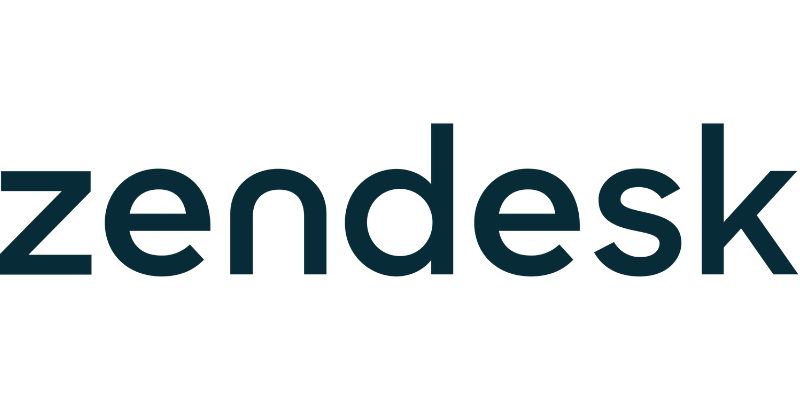
Pricing Comparison:
The features and size your company requires will determine Zendesk and Jira Service Management's pricing. Zendesk provides several pricing levels, including more sophisticated choices for bigger companies and a basic plan for small organizations. Agent count, degree of features, and client interaction volume determine the pricing structure. On the other hand, Jira Service Management's pricing strategy usually fits bigger companies with technical teams more appropriately.
Jira bases its pricing on agent count and provides a free plan for small teams; higher plans provide more sophisticated features, including automation and reporting. Jira is cost-effective for larger businesses with complex IT needs, while Zendesk suits smaller budgets. Companies must carefully assess their demands to choose which platform best provides value.
Conclusion:
Your company's requirements will determine which Zendesk and Jira Service Management are the best fit. Teams emphasizing customer care that need a straightforward, user-friendly platform will find Zendesk perfect. Conversely, Jira Service Management serves bigger companies and IT teams requiring sophisticated capabilities and thorough integrations. Although both systems offer powerful tools, your choice should depend on workflow complexity, team expertise, and budget. Evaluate your business needs carefully to select the best-fit service management platform.
Related Articles

Klaviyo vs. tinyEmail: Which is Best for Your Email Marketing
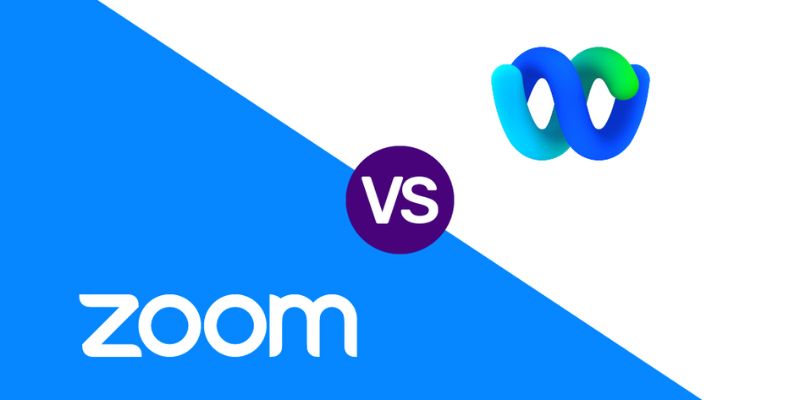
Webex vs. Zoom: The Ultimate Guide to Choosing the Right Platform

How to Train ChatGPT on Your Own Data: A Step-by-Step Guide For Beginners

Zoho vs. Salesforce: A Detailed Comparison to Choose the Best CRM

Pipedrive vs. Salesmate: A Detailed Comparison to Find the Best CRM

How to Automatically Respond to Google Business Profile Reviews: A Guide
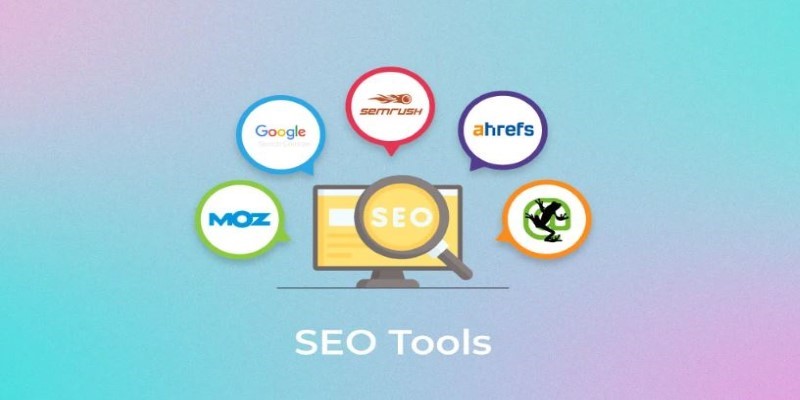
Ahrefs, SEMrush, and More: Essential SEO Tools for Success
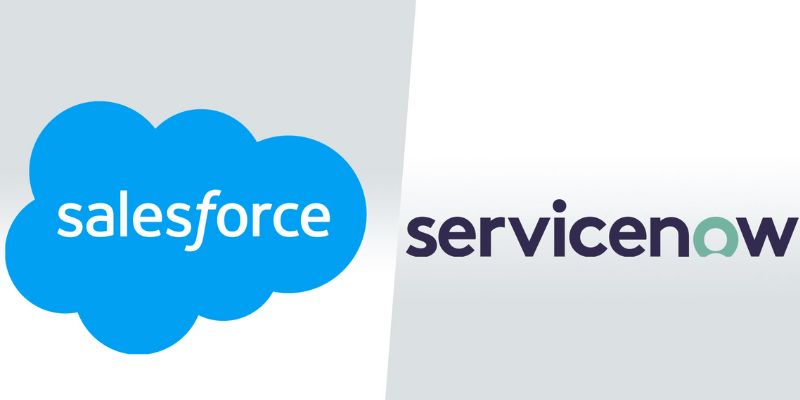
Salesforce vs. ServiceNow: A Comprehensive Guide to Choosing the Best

Tools That Power Email Campaigns: Mailchimp, HubSpot, and Beyond
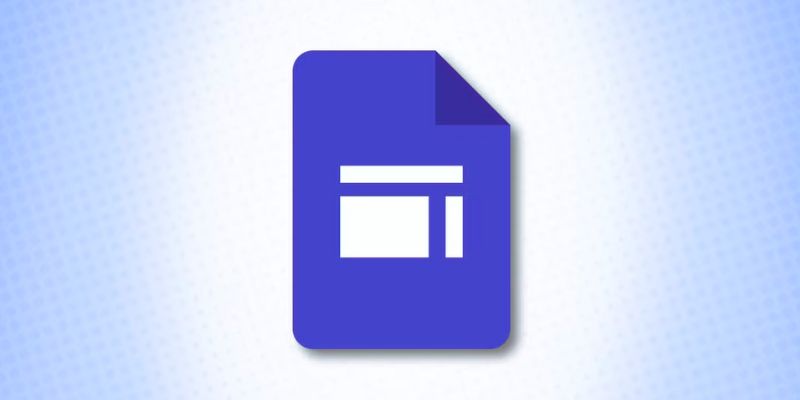
What is Google Sites And How to Use It Effectively: A Beginner's Guide
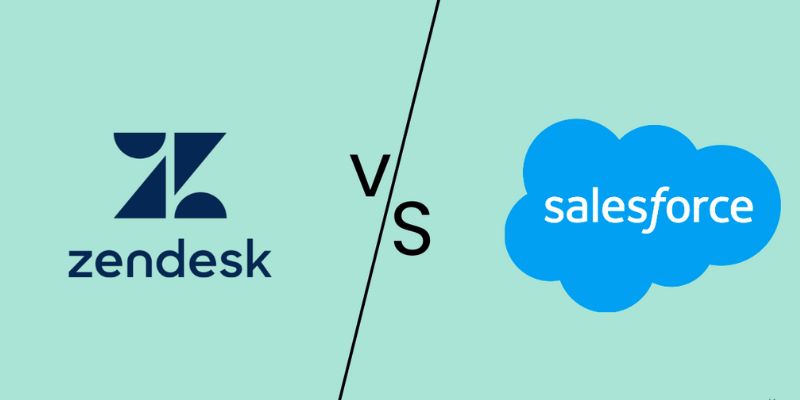
Deciding Between Zendesk and Salesforce: A Comprehensive CRM Guide
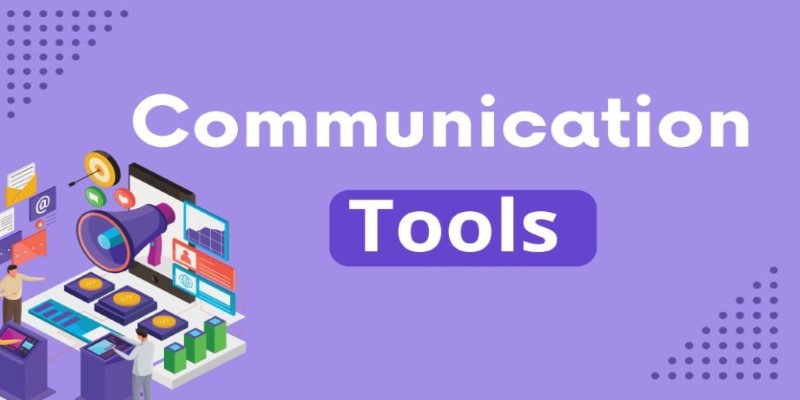
 knacksnews
knacksnews